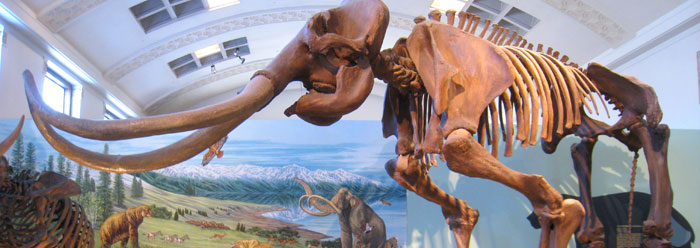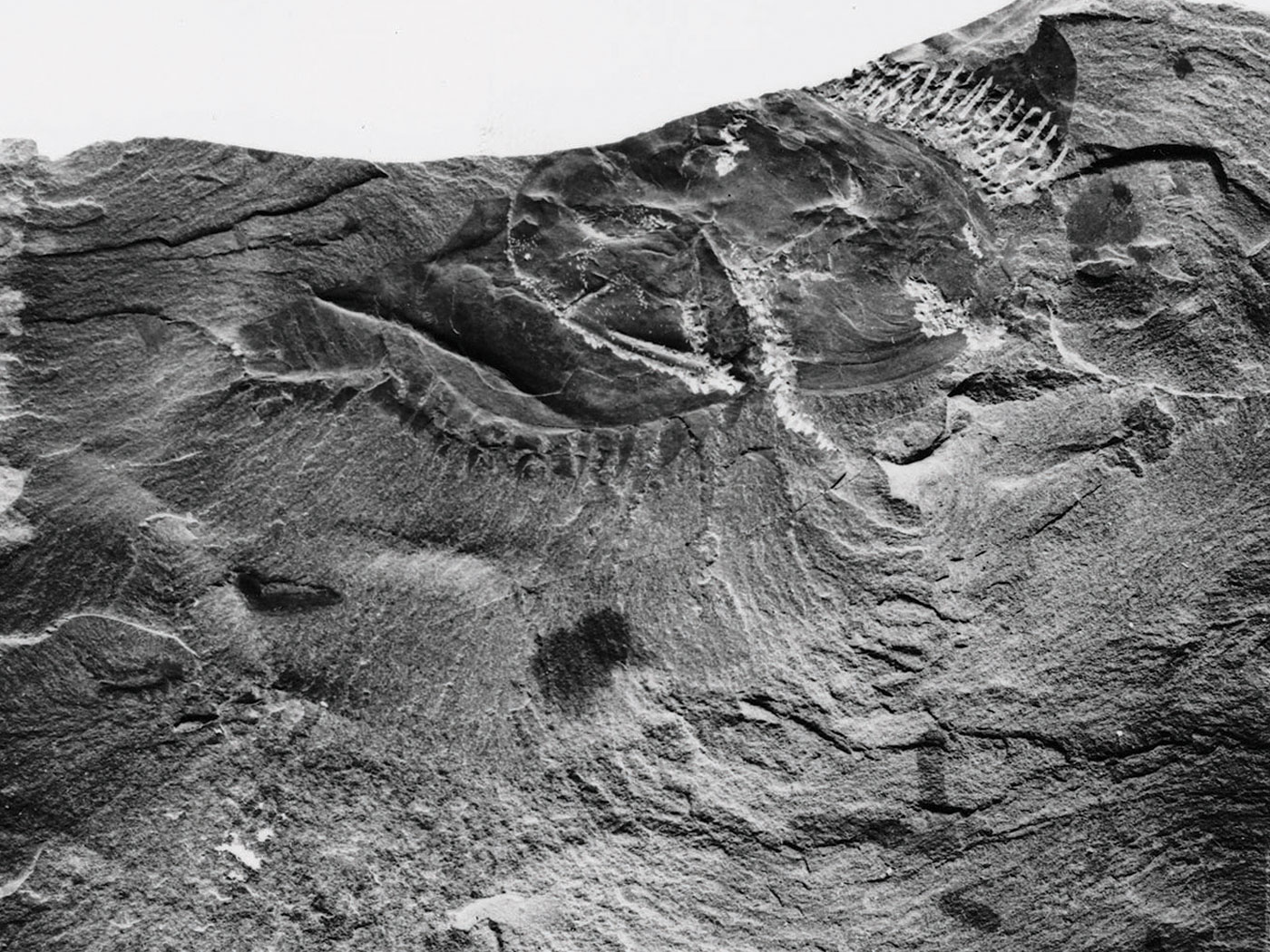Earlier this year, the Chicago Field Museum of Natural History opened a new exhibit. Entitled "DNA to Dinosaurs," it purported to chronicle the evolution of life from non-living chemicals to dinosaurs. I visited the museum in September, while in Chicago for a "Back to Genesis" Seminar.
The new exhibit contains many appealing displays, complete with interactive projects for children, multi-media presentations, and lots of truly thrilling fossils. It all seems so "scientific," and yet understandable; however, the discriminating viewer can easily see the museum as an attempt to brainwash visitors in evolution and naturalism.
In order to establish our evolutionary origins, the museum tells less than "the whole truth" in a number of instances. For example, in the introductory room appears a reconstruction of Neanderthal man as an ape-man, but the caption stated: "We now know that he stood upright and was human and that his skeleton was deformed by arthritis." True enough, but what will the viewer take away from the exhibit? That man came from the apes.
There is a "time" room where it is claimed that "solid rock tells time like a clock." Fossils are identified as the key to dating rocks, all based on evolution. Potassium-argon dating and magnetic anomaly dating are mentioned as if they are reliable and accurate. No mention of the many recognized uncertainties can be found.
Progressing through the rooms we see that non-living chemicals just sprang to life in a reducing environment. By dividing, eventually they became a variety of complex organisms. Stanley Millers amino acid experiments are prominently displayed. Life somehow diverged into plants and animals.
In the mutation room a sign states, "You are the product of countless mutations ... All life stems from one common ancestor, a single cell living in a warm sea."
The shift in color of the peppered moth is mentioned, but not explained. Scientists know this has nothing to do with evolution, but visitors don't. It is admitted that both colors are of the same species and the color shift is identified as adaptation, but then the signs claim adaptation is evolution. The list of faulty and discredited claims could go on and on. Land animals came from lungfishes, porpoises had four-legged ancestors, humans evolved from Homo erectus.
Another theme throughout the museum is that man is the enemy of nature, "causing mass extinctions—altering the environment." Yet another exhibit asks, "is life just a game of craps?" All things are the result of blind chance and humans just happened.
Bulletin boards placed throughout proved interesting. Visitors were encouraged to write a message for others to read. Many had written creationist messages, some quite eloquent.
All in all, I felt the museum to be a valuable experience, and parents should not hesitate to take their children. But before going, they should explain clearly the difference between observed facts and naturalistic speculations about unobserved history. Then the museum can be a positive experience.
The museum itself could solve this problem by changing its name. It should properly be called The Museum of Naturalistic Speculation About History. We believe, of course, that ICR's Museum of Creation and Earth History gives a much more accurate interpretation of the past.
*Dr. John Morris is the President of ICR.



















